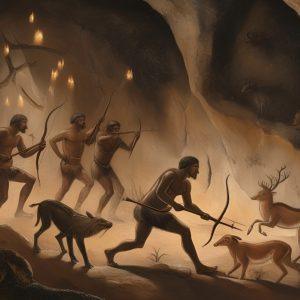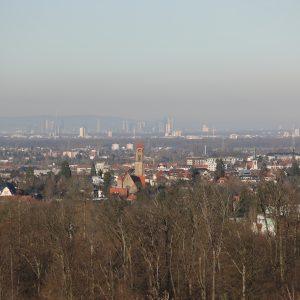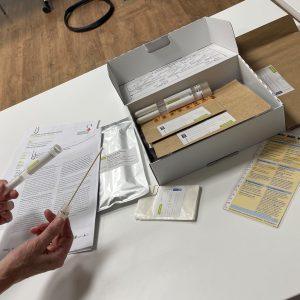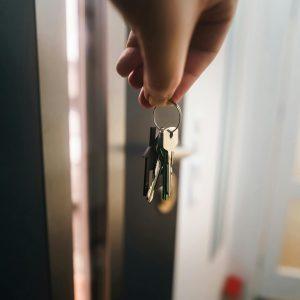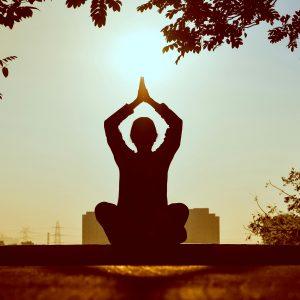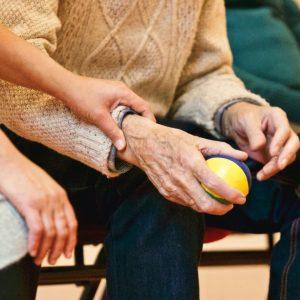ADVERTISING
Promote the interaction of joints and muscles for a lifetime
Exploitation potential for movement
The good news is: Despite counter -productive civilizational influences, everyone has it themselves - and this applies to every phase of life - to promote the potential of their body through regular exercise. Otherwise, the risk is that the musculoskeletal system will continuously break down over time and take damage through wear. So health depends - according to the motto 'Anyone who rests, rusts' directly on your own mobility. However, one does not have to become a competitive athlete. Moderate training is usually sufficient to be fit even in old age. The motto applies:
the stronger an organ or the musculoskeletal system is required, the higher the performance. Stay '40' for twenty years, keep the biological age low due to moderate but regular movement-that should be the health-promoting fitness goal.
Anyone who knows their body does good for him….

In addition, well-founded anatomy skills can also contribute to an effective hege and maintenance of the mobility apparatus made of bone, joints, muscles, ligaments, cartilage and tendons. Because whoever makes the multi -part structure of the human body architecture, which stabilizes and mobilizes us equally, can better understand that only through active intervention in the right level can remain healthy and resistant in the long run. A good condition ultimately results from the disruptive and smooth interaction of all tissue types. And these are a lot: Our complex movement machine consists of over 200 bones, 600 muscles and about 140 joints. If you count the connections on the bony hinges, which make flexible mobility possible through tendons and ligaments, the number even increases to 360.
Serious muscle power
One of the "big players" is the muscles. In humans, it makes up forty percent of its weight, with men have significantly more of them than women. The muscle mass is not homogeneous. It consists of fine muscle fibers sorted in muscle fiber bundles. The mobility is guaranteed by protein molecules, which can interfere with their biochemical properties. Then a muscle tenses, becomes shorter and when relaxed
Bones and joints

These flexible physical forces finally develop in functional unit with bones and joints - start us ... let us run, jump, swim, grab or lift. The mobilizing muscles on the skeleton are mainly on the movable hinges. Here, robust connective tissue strands - the tendons - combine the two tissue types, so that both tensile dynamics and relaxation of the muscular fibers lead to an optimally controlled movement. It is obvious that joints are extremely challenged for a lifetime and rarely have resting phases. But the biology has also made sure that two bones, which fit in the shape and position, constantly tackle each other, the risk of wear and tear is great. In addition to a protective external joint capsule, the respective touch zones on the joint head and the joint pan with a fine layer of bending cartilage are covered with a fine layer, which takes over the function of a shock absorber with its dense network of collagen fibers. In addition, at this point, the 'correct' dose of joint lubrication is minimized and the cartilage substance- which has no vessels- is supplied with important nutrients such as minerals and amino acids.
Stay smooth ...
This biochemical mechanism only works with physical activity. Because only through the movement is oxygen and nutrient -rich articular fluid washed into the joint gap - a process that is comparable to a pump. However, if this is not driven, the cartilage is 'starved' and sooner or later there can be degenerate painful damage to the joint. This in turn could begin a vicious circle of pain and movement avoidance for those affected, which would then slow down the muscle contractions in the long term. All functions and processes of our mobile movement architecture are therefore dependent on each other, interlock: bones and muscles as a reliable partner who are only strong together! The actual engine for a healthy musculoskeletal system remains the muscles. It is the stabilizing factor that not only controls our skeleton frame with the joints and cushions against vibrations, but also keeps fit through continuous activity. Anyone who always makes this clear and mobility as an indispensable factor in their life will be able to rely on their, then not so old bones in old age.

